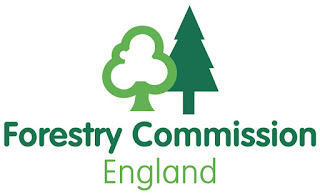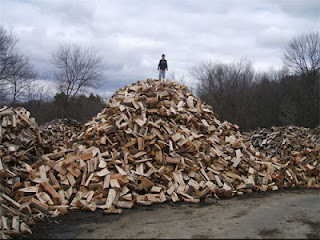Latest figures published by Forestry Commission England show
our woodlands are incredibly well protected and sustainable forestry remains
strong.
According to records, just 0.4 per cent of trees felled in
England were done illegally without a felling licence. Conservation habitats,
such as heathland, have been restored from commercial plantations whilst
keeping a slowly expanding wooded area overall. A thriving timber industry has
increased domestic supply as imports have fallen.
Simon Hodgson, Forestry Commission England Chief Executive
said:
“For the first time we have been able to publish a suite of
new statistics to show what is happening to woods and forests in England and
how Forestry Commission England is performing.
“The overall picture is great news for us. Protection of our
woods and forests is strong with miniscule amounts of illegal felling. The
general public are very much our eyes and ears on the ground and we are always
heartened at the public’s willingness to report suspected illegal activity and
we are developing an online system to make this quicker, easier and more
accurate.
“We see domestic timber supplies increasing while imports
shrink and a growing woodfuel network all of which boosts the local green
economy. Commitments to restore and recreate conservation habitats from private
and public plantations are being met while we see the overall area of woodland
expanding."
The Forestry Commission remains a leader as a significant land
manager in the care of the Engalnd’s best wildlife conservation sites - Sites of Special Scientific Interest (SSSIs) – with 99.6% in target condition.
“All that said significant challenges remain. Everyone
agrees we need much greater growth in creating new woodlands and we are working
to significantly increase long term investment from the private sector. We are
working to mitigate the threats from a changing climate to trees in the future
from new pests and diseases and poor growing conditions. Last, but most
certainly not least, is the appalling record of Health and Safety in the
forestry sector: skills and training are high but the number of fatalities in a
small industry must be tackled."
 |
| Castle Head FSC - Tree Planting - Feb 2009 |
27 June 2012
Forestry Commission News release 15523


